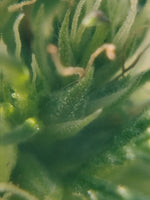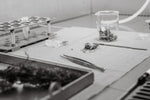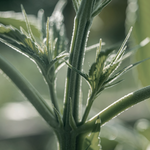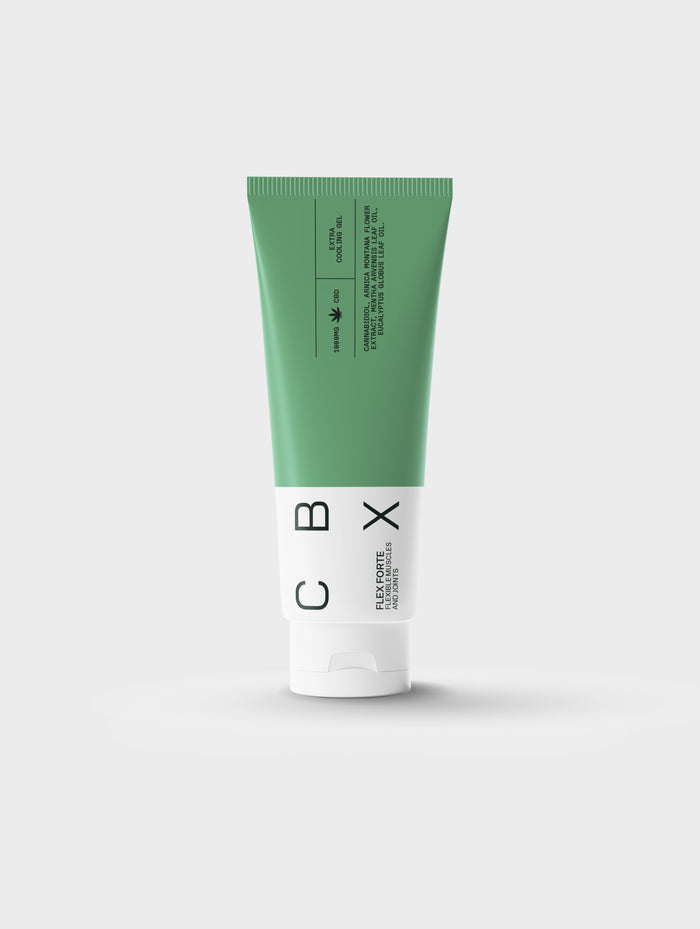Experimental cannabis field: Logbook
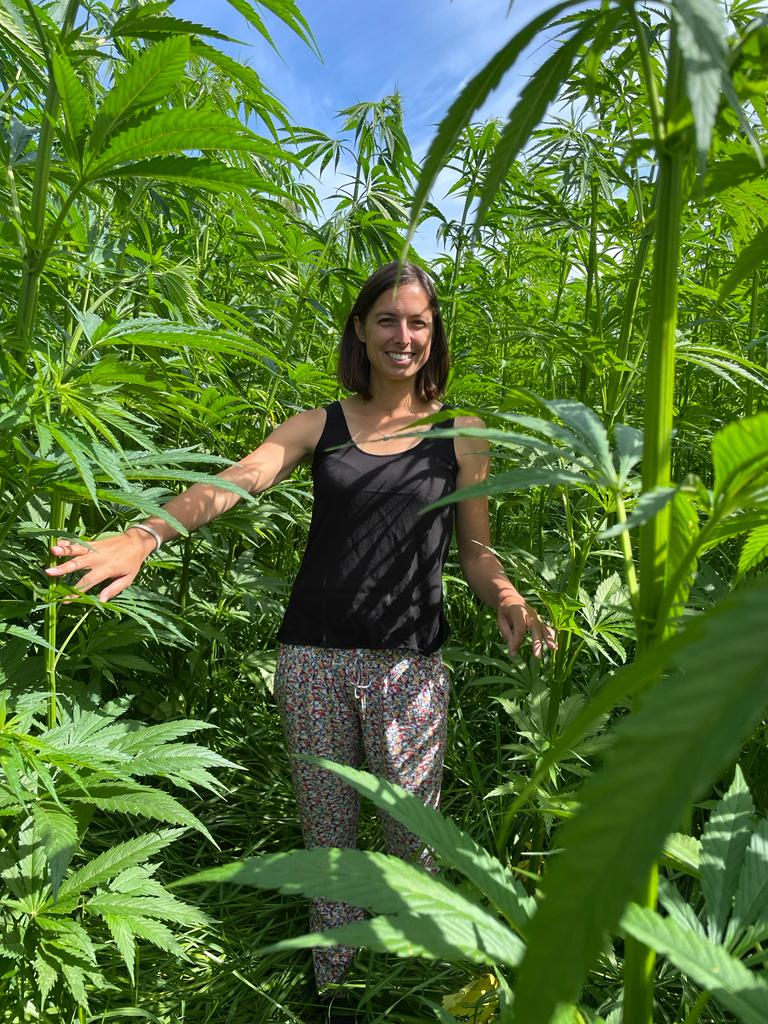
Learn to better understand
In order to contribute to the building of a better world, CBX Medical in collaboration with an agricultural company and with the help of a university and a regional research center, is carrying out an experiment to build knowledge agricultural around the plant.
In this context, we planted 2 varieties at various densities on a field in Longueville (Chaumont Gistoux). The aim of the experiment is to shed light on the potential zero-waste cultivation of hemp: that is to say the cultivation which would maximize the fiber, hemp and cannabinoids. This with the aim of being able to advise farmers who are getting into hemp.
Plant growth was observed and measured.
Growth was weaker during the first weeks before accelerating significantly. In fact, the plants did not exceed 50 cm throughout the month following sowing. The good weather then allowed the plants to grow at full speed: in less than a month they reached an average of 2 meters. We do not observe any significant difference in growth between the different densities.

Plant density in the field was also measured and compared based on the different densities initially planted.

Plant density after emergence is significantly lower than sown density. This is explained by a germination rate which is not 100% and by the weather conditions which were complex during the first days after sowing. It can be noted that at a seeding density of 20 kg/ha, Santhica 70 came out of the ground better than Futura 83.
Flowering cannabis plants
The very beginning of flowering on certain plants appeared during the week of July 11.
It is therefore soon planned to take some samples in order to evaluate the cannabinoid concentration during the flowering period.
The following photo shows the beginning of a male flower inflorescence.

Trials on our field
Tests on the less dense part of the field have begun. Part of the plants has been bent down. This cultivation technique is called LST (“Low Stress Technique”), it aims to strengthen the main stem of the plant and it will also promote the growth of secondary stems. The objective of LST is to increase flower production by the plant via its branches.

Another test carried out consists of removing the lowest flowering sites from the plant. The lowest flowering sites will give on the one hand the smallest flowers and on the other hand these flowers will be the least concentrated in cannabinoids. By removing these sites, the plant will concentrate its energy in producing the flowers present at the top of the plant. We therefore expect to observe larger flowers than on the control plants.
However, the weather, which is a little too dry, is starting to play tricks on us. Part of the field suffers from lack of water. So we are impatiently waiting for the rain.
Interested in learning more? Come visit us on our field in Longueville.
Visit www.cbx-expo.com
Thanks to Diego, our intern, for this logbook

